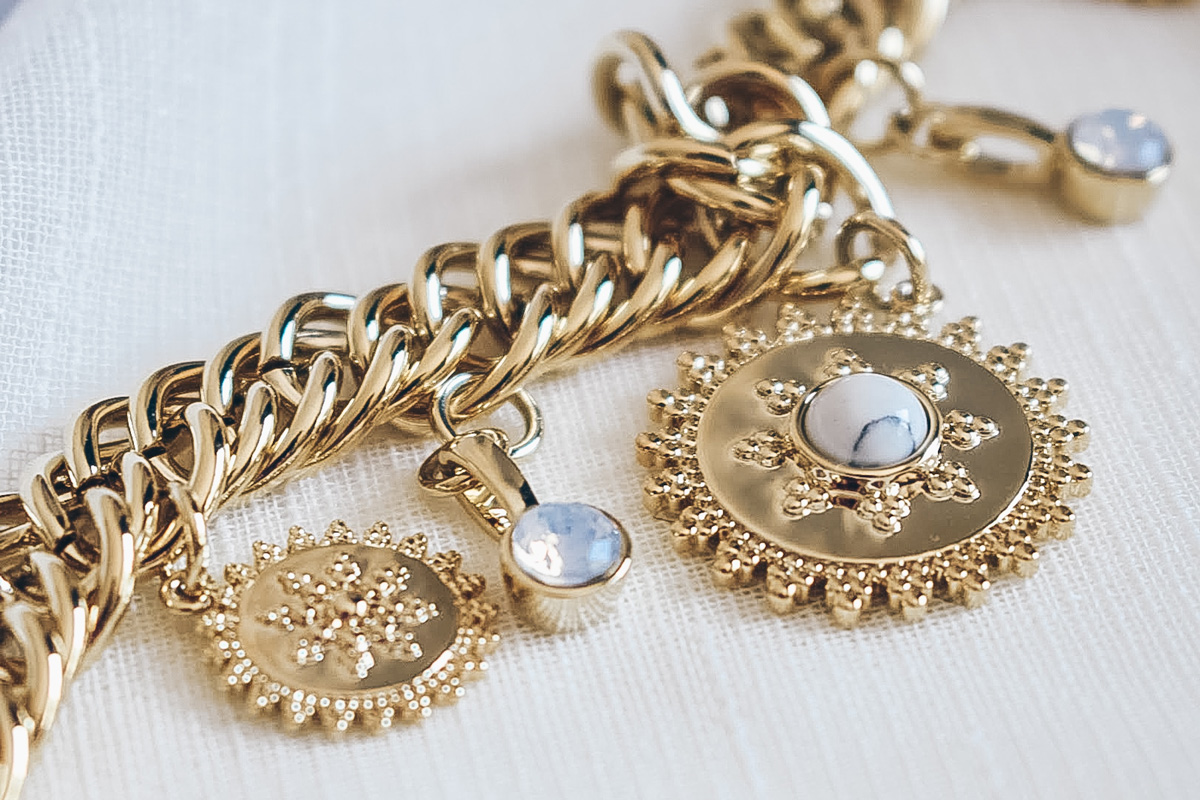When considering the value of a 14K gold necklace, various factors come into play. Understanding these factors is crucial for anyone looking to buy, sell, or simply appraise a piece of jewelry. In this guide, we’ll delve into the intricacies surrounding the valuation of 14K gold necklaces, focusing on purity, market demand, design intricacies, and additional elements that affect pricing.
1. The Basics of Gold Purity
Gold is measured in karats, with 24K representing pure gold. When it comes to 14K gold, this indicates that the alloy consists of 14 parts gold and 10 parts other metals, such as copper, silver, or zinc. This alloy ratio reflects a purity level of approximately 58.3%. Understanding this fundamental composition is critical, as the higher the gold content, the higher the intrinsic value. Conversely, lower karat weights like 10K or 12K may exhibit lower prices due to decreased gold content.
2. Current Market Trends
The fluctuating gold market plays a significant role in determining the worth of a 14K necklace. Gold prices can vary daily based on market conditions, investor demand, geopolitical tensions, and economic factors. Monitoring these changes is essential. As of the present, gold prices often range between $1,800 to $2,100 per ounce, with 14K gold typically commanding around 58.3% of that value. This means that if gold is priced at $2,000 per ounce, the raw material value of 14K gold would stand approximately at $800 per ounce.
3. Craftsmanship and Design Complexity
Not all 14K gold necklaces are created equal. The craftsmanship involved in creating the piece significantly affects its overall worth. Handcrafted designs with intricate detailing often attract a premium compared to mass-produced items. Factors like the necklace’s style—whether a simple chain, an elaborate pendant, or an ornate piece featuring gemstones—also contribute to its value. A unique, artistically designed necklace may fetch higher prices in the market due to its aesthetic and emotional appeal.
4. Brand Influence
Brand reputation can dramatically influence the value of a 14K gold necklace. Renowned jewelers like Tiffany & Co., Cartier, or Bulgari tend to bestow their pieces with higher resale values, owing to their brand prestige. Consumers are often willing to pay a premium for jewelry from established names, as these brands are synonymous with quality and luxury. Additionally, limited edition or signature pieces from these brands can substantially increase their value over time.
5. Condition and Wear
The condition of the necklace also cannot be overlooked. Jewelry that has been meticulously maintained will naturally command higher prices than pieces showing significant signs of wear and tear. Scratches, tarnish, or damaged clasps can detract from a necklace’s overall appeal and resale value. It’s advisable to consider periodic professional cleanings and care to uphold the jewelry’s condition and worth.
6. Market Demand and Trends
The demand for specific styles and designs can fluctuate based on fashion trends, societal influences, and cultural significance. For instance, vintage styles may be experiencing a resurgence in popularity, driving up the value of 14K gold necklaces with a retro aesthetic. Similarly, contemporary styles may attract younger consumers enamored with minimalist designs. Understanding market demand can provide insights into potential resale values and the timing for buying or selling your jewelry.
7. Gemstone Accents
If a 14K gold necklace contains gemstones, the type, size, and quality of these stones will also affect its overall value. Diamonds, sapphires, and other precious stones can elevate the worth of a piece significantly, especially if they are of high quality and well-set. The presence of unique or rare gemstones can further increase demand, making the necklace highly desirable among collectors and enthusiasts.
8. Personal Sentiment and Provenance
Sometimes, the worth of a necklace transcends material value. Heirloom pieces passed down through generations or necklaces associated with significant life events possess intrinsic sentimental value. Additionally, the provenance of a piece—its history and previous ownership—can contribute to its desirability and value. Pieces once owned by notable figures or celebrities often generate excitement and thus command higher prices in the market.
9. Practical Steps for Appraisement
If you are considering getting your 14K gold necklace appraised, there are practical steps you can follow. Engaging a professional appraiser with a robust background in jewelry valuation ensures that you receive an accurate worth. Be prepared by gathering any previous documentation, such as purchase receipts, etc. It is also prudent to obtain multiple appraisals to get a comprehensive view of your necklace’s value in the current market landscape.
10. Final Thoughts
Determining the worth of a 14K gold necklace involves a multifaceted approach. From gold purity and current market conditions to craftsmanship and market demand, every element plays a pivotal role in establishing the overall value. Whether you are looking to purchase, sell, or simply appreciate your jewelry, understanding these complexities can empower you in your jewelry endeavors. Always remember that the value of a piece of jewelry is not just financial; it encapsulates the stories, memories, and emotions intertwined with it, adding layers to its worth that go beyond mere numbers.

